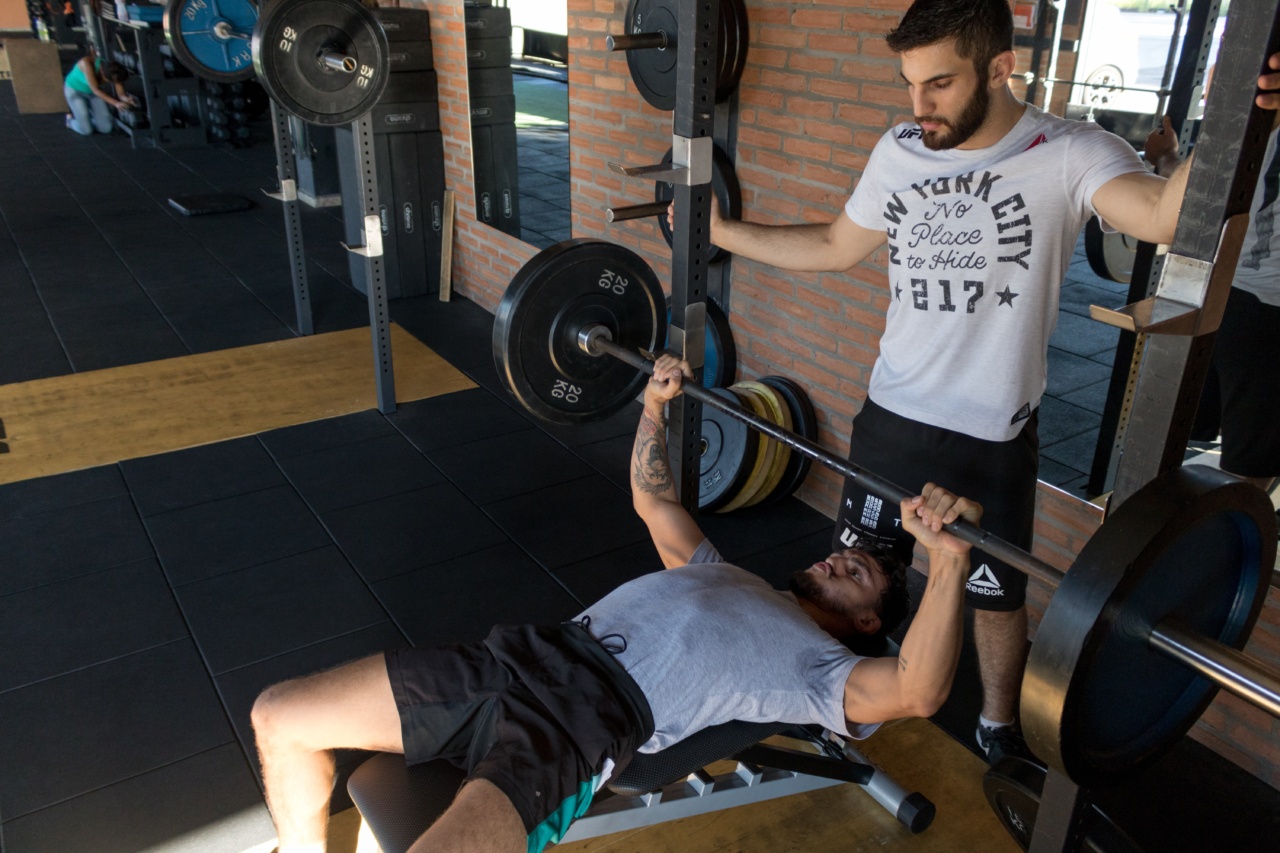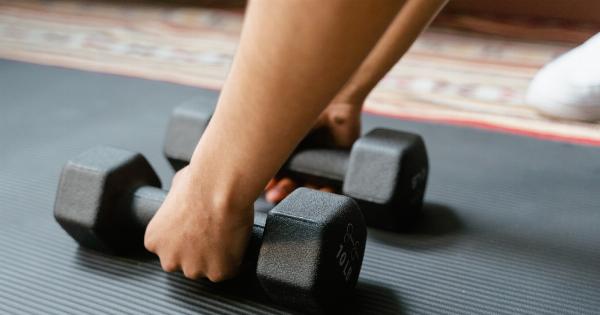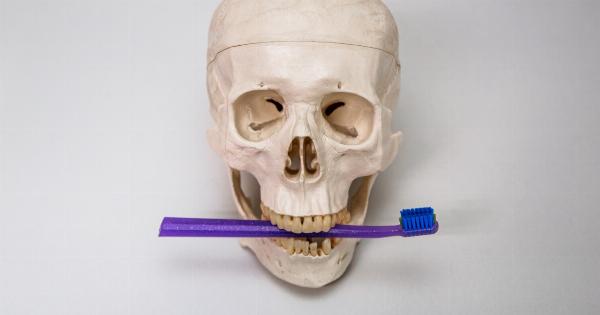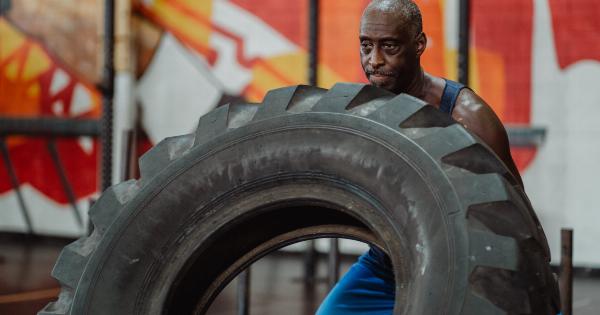Having strong and healthy bones is crucial for overall well-being and quality of life. Strong bones not only support our body structure but also protect vital organs and enable us to perform daily activities with ease.
While factors such as age and genetics play a role in bone health, regular exercise can greatly contribute to building and maintaining strong bones. In this article, we will discuss an exercise regimen specifically designed to strengthen bones and promote skeletal health.
Understanding Bone Health
Before diving into the exercise regimen, let’s take a moment to understand the basics of bone health. Bones are living tissues that are constantly undergoing a process called remodeling.
Remodeling consists of two main activities: bone resorption (the breakdown of old bone tissue) and bone formation (the creation of new bone tissue). This dynamic process helps maintain skeletal strength and structure.
However, as we age, the rate of bone resorption can exceed the rate of bone formation, resulting in conditions like osteoporosis and increased fracture risk.
This is why it becomes crucial to adopt lifestyle habits that promote bone formation and minimize bone loss.
The Role of Exercise in Bone Health
Regular exercise, particularly weight-bearing and resistance exercises, has been proven to have a positive impact on bone health. When we perform weight-bearing exercises, we put stress on the bones, stimulating bone cells to create new tissue.
Additionally, these exercises help with balance and coordination, reducing the risk of falls and fractures.
Resistance exercises, on the other hand, involve using weights or resistance bands to create tension in the muscles and bones. This tension stimulates the bones to become stronger and denser over time.
By incorporating both weight-bearing and resistance exercises into our routine, we can maximize the benefits for our bone health.
Designing an Exercise Regimen for Stronger Bones
Now that we understand the importance of exercise in promoting bone health, let’s discuss a comprehensive exercise regimen that focuses on strengthening our bones:.
1. Weight-Bearing Exercises
Weight-bearing exercises are activities that require our bones and muscles to work against gravity. These can include:.
- Brisk walking or jogging
- Climbing stairs
- Dancing
- Hiking
- Aerobic classes
- Tennis or other racket sports
Try to engage in weight-bearing exercises for at least 30 minutes a day, most days of the week. Start slowly if you are new to exercise and gradually increase the duration and intensity over time.
2. Strength Training
Strength training exercises involve using resistance to strengthen muscles and bones. Here are some effective strength training exercises:.
- Squats
- Lunges
- Deadlifts
- Push-ups
- Planks
- Weightlifting with dumbbells or barbells
Perform these exercises two to three times a week, allowing for a day of rest in between sessions. Start with lighter weights and gradually increase as your strength improves.
3. Balance and Stability Training
Improving balance and stability is essential for preventing falls, especially as we age. Incorporate exercises that promote balance and stability into your routine:.
- Single-leg stands
- Heel-to-toe walk
- Yoga or Pilates
- Tai Chi
These exercises help strengthen the muscles supporting the spine and improve posture, reducing the risk of fractures caused by falls.
4. Flexibility Exercises
Flexibility exercises promote joint mobility and help maintain good range of motion. While they don’t directly impact bone health, they play a crucial role in overall fitness and injury prevention.
Consider adding the following flexibility exercises to your routine:.
- Stretching exercises for major muscle groups
- Yoga or Pilates
- Tai Chi
Stretch before and after your workouts to improve flexibility and minimize the risk of muscle strains or injuries.
5. Modify Intensity and Progress Gradually
It’s important to listen to your body and gradually increase the intensity and duration of exercises. Starting too quickly or pushing yourself too hard can lead to injuries.
If you have any underlying health conditions or concerns, consult with a healthcare professional before embarking on an exercise regimen.
Conclusion
Regular exercise plays a vital role in building and maintaining strong bones.
By incorporating weight-bearing exercises, strength training, balance and stability training, as well as flexibility exercises into our routine, we can significantly improve bone health and reduce the risk of fractures. Remember to start slow, be consistent, and listen to your body. Strong bones are the foundation for an active and fulfilling life, so let’s prioritize our skeletal health and reap the benefits of a well-designed exercise regimen.































